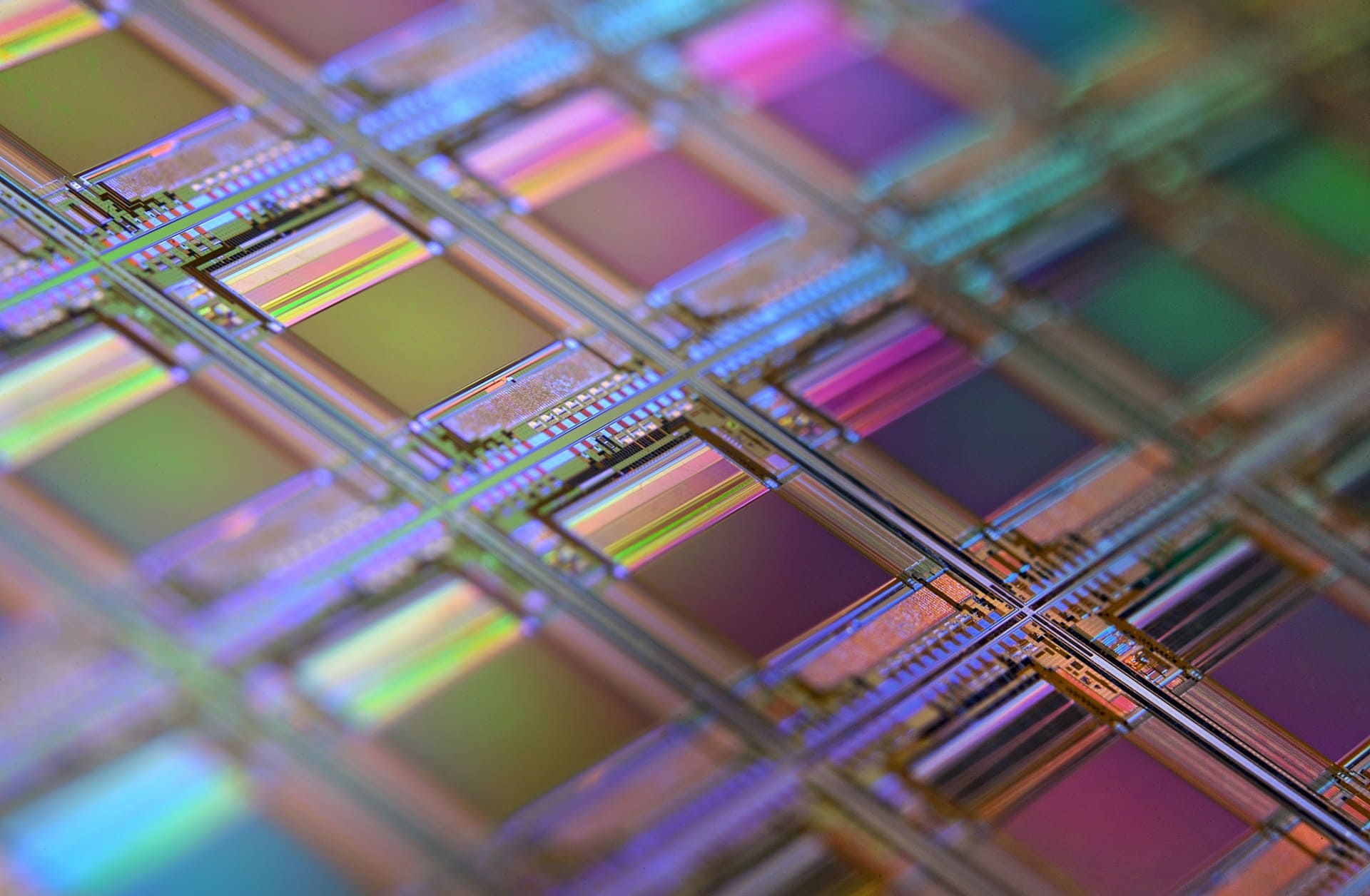The semiconductor industry had a challenging year in 2023 with sales expected to be down 9.4% (to US$520 billion) for the year. A worldwide decline in revenue was due to factors including inflationary pressure, geopolitical uncertainty, inventory surpluses, ongoing supply chain disruption, demand challenges in the PC and mobile device markets, and a scarcity of skilled talent. For an industry fighting headwinds gen AI chips provided a growth area, especially at leading manufacturing nodes. A gen AI chip is a package of special GPUs, special CPUs, special HBM3 in advanced 2.5D packaging, plus other special chips needed for connectivity in the data center. According to a Delloite report, as 2024 approaches, the market for these chips looks to be strong and predicted that total AI chip sales in 2024 will be 11% of the predicted global chip market of US$576 billion. The report also said that in the longer term, there are forecasts suggesting that AI chips could reach US$400 billion in sales by 2027.
But there are some uncertainties around the strong demand and this could change at some point in 2024.
New entries in market
With a strong demand new players have entered into the market, companies that, up until now, have been better known as buyers of chips but have decided to start making their own. Nobody knows how any of these will fare at this point.
No single chip architecture
There are many different gen AI models and approaches that needs different chip architecture, and no single chip architecture would be optimal for all use cases. Producing these chips would require billions of dollars of investment.
Edge chips
It’s possible that in 2024 more processing will be done at the edge, on smaller, cheaper, or different accelerators or gen AI models than the ones that dominated in 2023
Fluctuations in demand
Semiconductor industry is very susceptible for over-ordering and excess inventories in times of undersupply. When chip customers are on allocation and are unlikely to receive complete orders, they often over order. Deloitte says once supply and AI chip demand are more in balance, buyers may get more chips than they need and then pull back just as new capacity is coming online. This could be seen by the second half of 2024.
Charging for generative AI services
The current demand for gen AI chips is coming from enterprise software companies. They may plan on including gen AI features and services inside their existing or new software offerings and hope to charge for those features. Deloitte predicts this will provide a US$10 billion revenue uplift in enterprise software revenues by the end of 2024. In case the buyers are unwilling to pay a premium for gen AI services; demand for such chips would abruptly reduce.
What happens after the current high demand and high prices are met by higher supply. As new manufactures enter into the market, prices would eventually decline, impacting the revenues of 2025 and beyond. Deloitte predicts that by 2027 due to the above listed factors and export controls on China from purchasing advanced node chips of all types, including generative AI chip could impact global growth and market could sit around USD100 billion.





